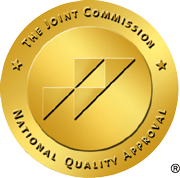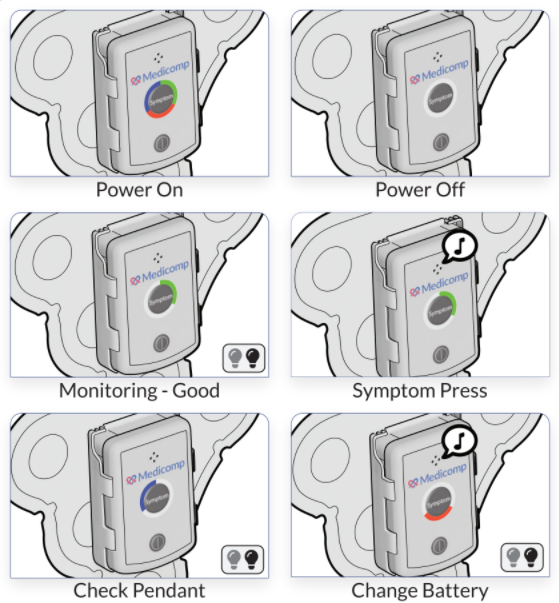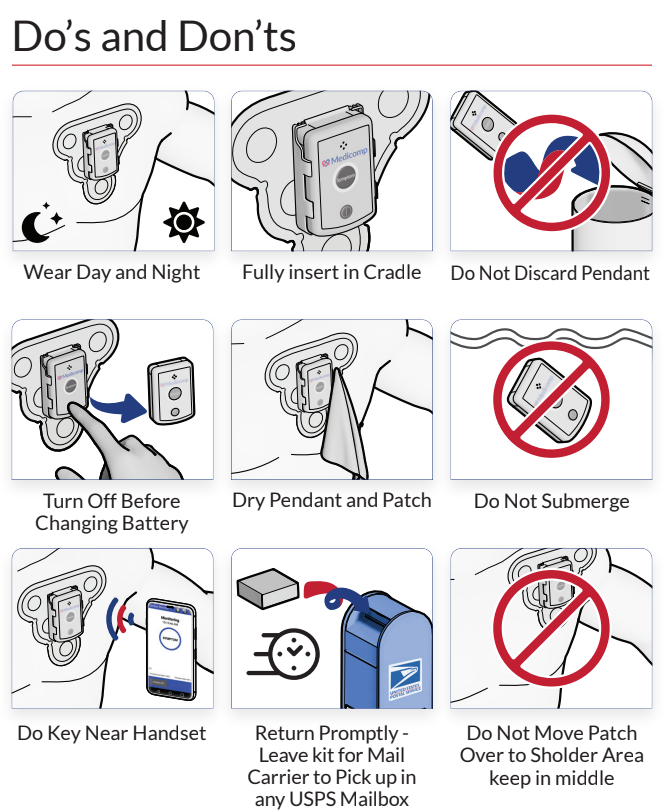Congenital heart defects are malformations in the heart or the large blood vessels near the heart. These defects are present at birth, and the malformations can impair the normal circulation pattern of the heart that is necessary to carry oxygen-infused blood throughout the body. The severity of the malformation can range from barely noticeable holes between the chambers of the heart to the absence of a chamber or valve all together.
Treatment for congenital heart defects often includes multiple diagnostic cardiac catheterizations, which includes repeated exposure to ionizing radiation. While the procedure is necessary to identify the location of the malformation, there is a growing concern in the medical community about the adverse effects that repeated radiation exposure will have on young patients. Infants and children in early stages of development are especially susceptible to adverse effects because their organs are more sensitive than their adult counterparts. In addition, the longer life span that children have ahead of them allows more time for detrimental effects such as cancer to metastasize.
For every 1000 children born, 9 will be afflicted with a congenital heart defect. In 2013, the American College of Cardiology (ACC) launched its Reducing Radiation Risk quality improvement initiative. It is the first NCDR quality initiative with the focus on reducing the amount of radiation exposure by the patient. According to the ACC, the initiative offers its participants the goals of “improving CHD patient outcomes by reducing radiation exposure received by patients undergoing congenital heart cath by 25 percent from baseline and cultivating quality improvement program capabilities in catheterization programs and hospitals.”
The efforts are ongoing and the initiative encourages people working in IMPACT Centers, specifically those who work with patients in a cath lab, to enroll in the Reducing Radiation Risk quality improvement initiative.
To learn more about events happening in the medical community and our cardiac monitoring solutions, continue to browse through the ReactDx Inc. blogs. What do you think of the efforts presented by the ACC? Share your comments with us below.



